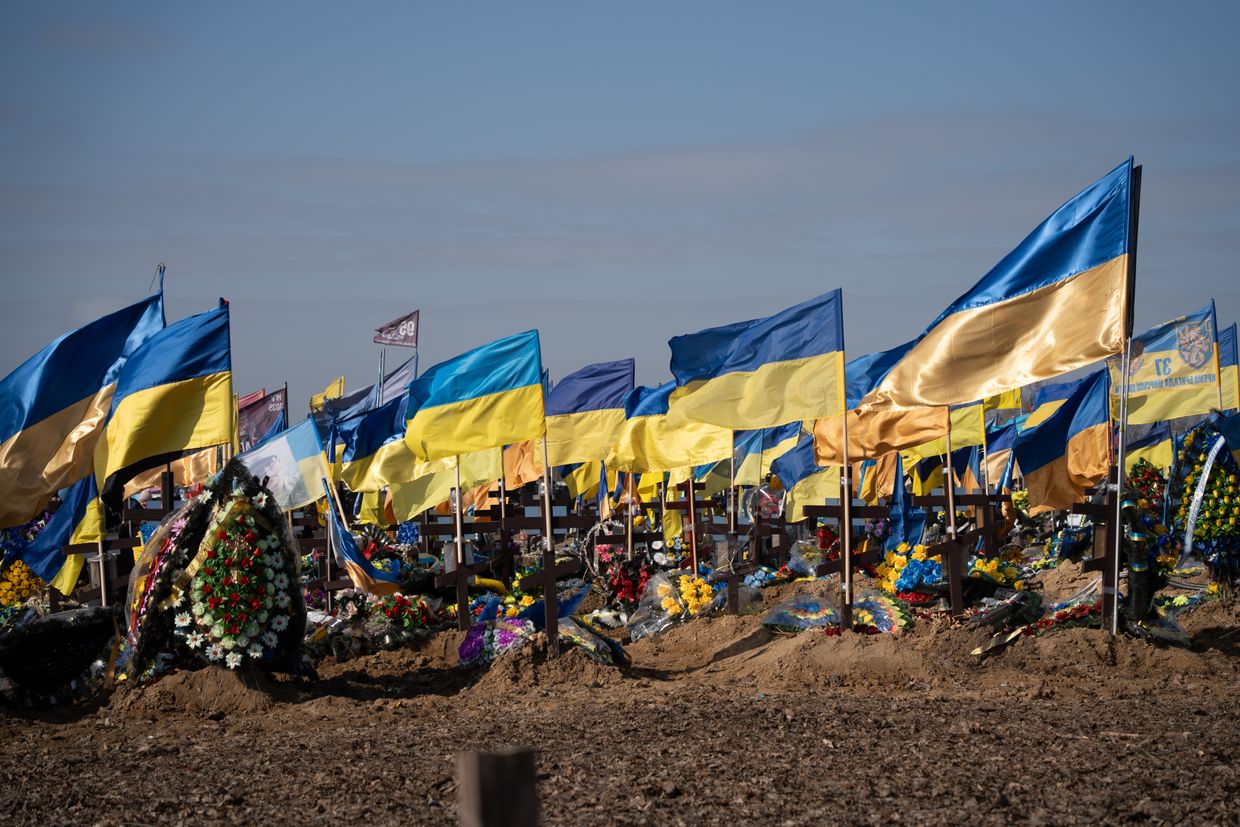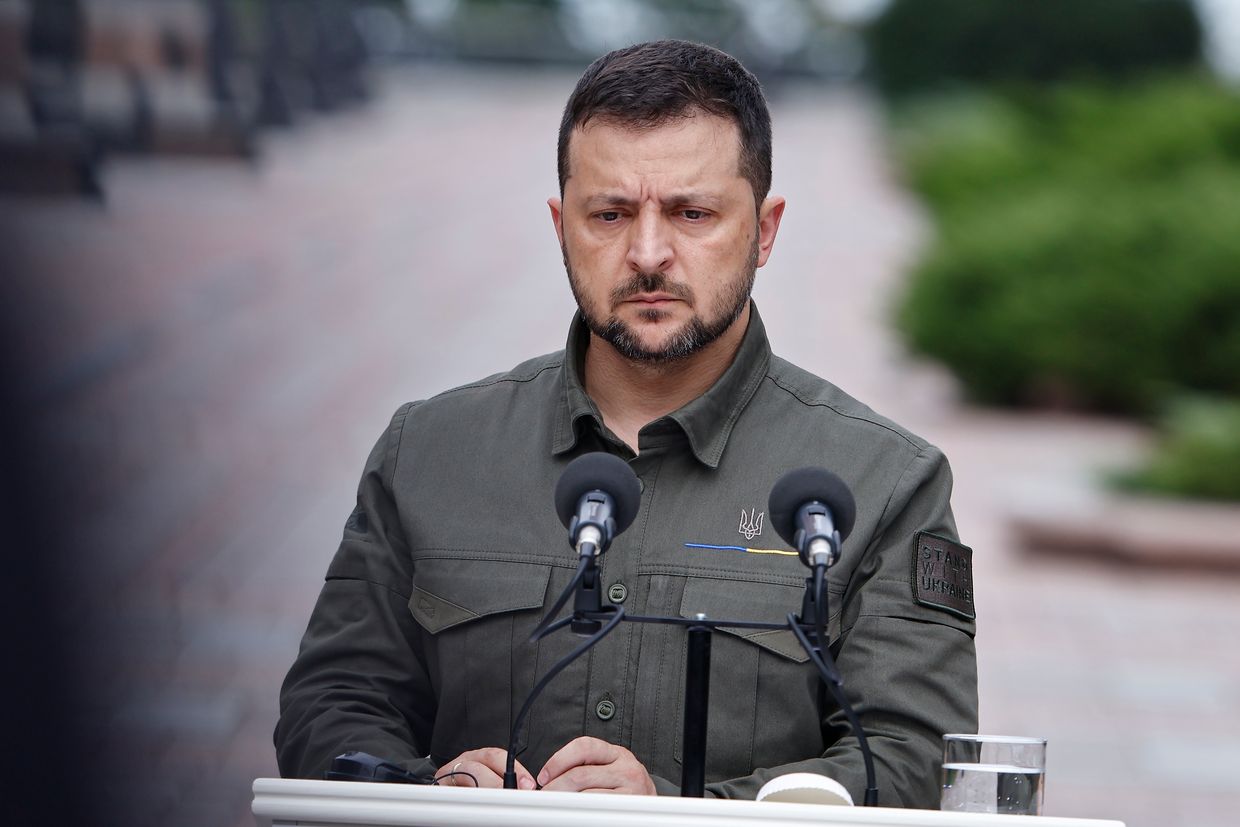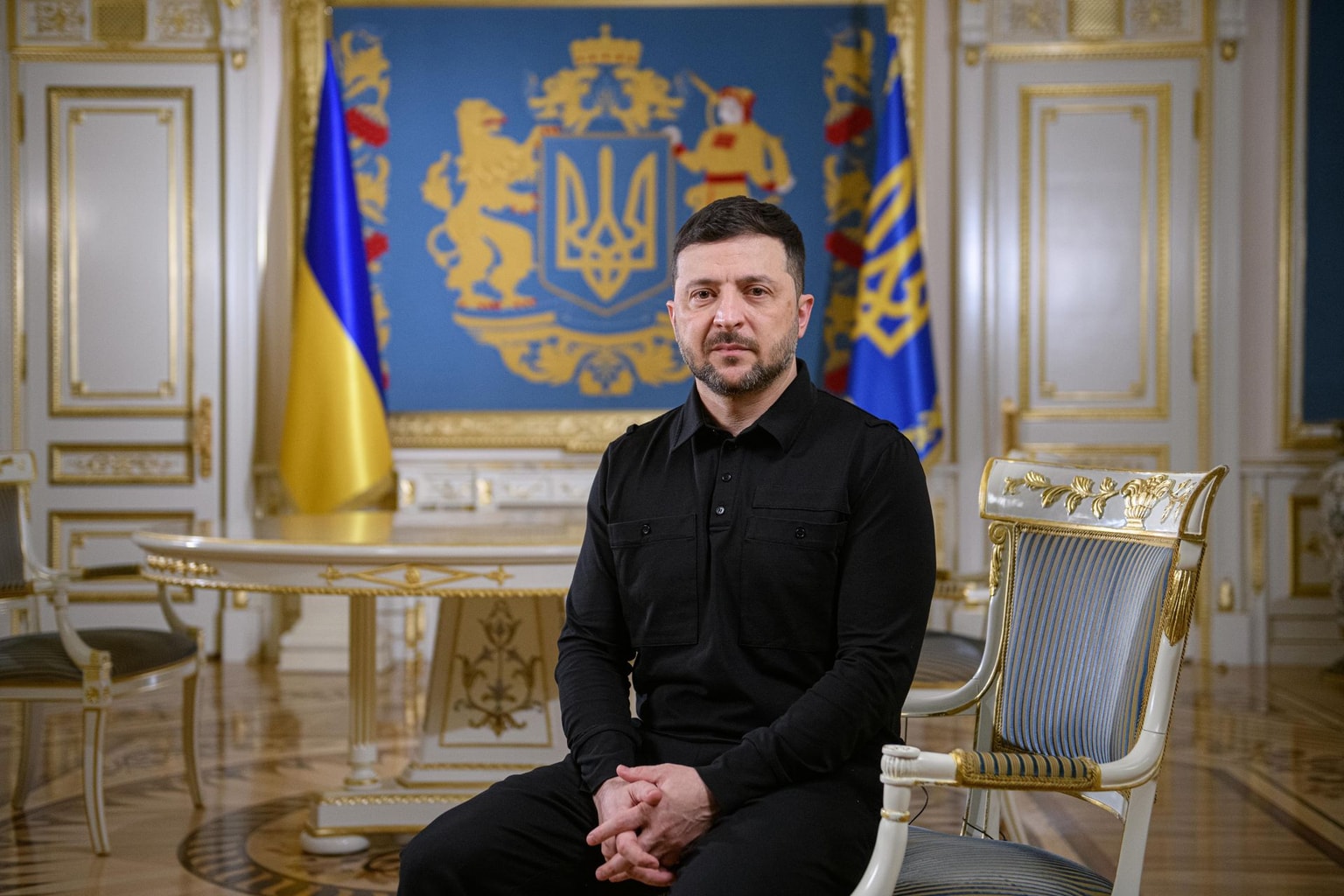Russia may find opportunity to launch large-scale war on Europe within 5 years, Danish intelligence warns

Russia may find the opportunity to launch a large-scale war on Europe within five years, if Moscow "perceives NATO as militarily weakened or politically divided," an unclassified intelligence assessment from the Danish Defense Intelligence Service (DDIS) warned.
"Russia perceives itself as being in conflict with the West and is preparing for a war against NATO. While no decision to initiate such a war has been made, Russia is building the capacity to make that choice if deemed necessary," the report, published on Feb. 9, warned.
The latest intelligence assessment comes amid a series of increasingly dire warnings from Western leaders and defense officials about the threat emanating from Russia and Europe's current lack of preparedness.
The DDIS in its report noted that fracturing among alliance members could present an opportunity for Moscow to capitalize, particularly if the United States is unwilling to protect its European allies.
U.S. President Donald Trump sparked international outrage in February 2024 when he said he would urge Russia to do "whatever the hell they want" to NATO member countries failing to meet defense spending criteria, in a declaration indicating his disregard for the alliance's collective defense principle.
Since being inaugurated, Trump has raised the ire of NATO allies by not ruling out using military force to gain control of Greenland, an autonomous region of Denmark, as well as using economic coercion to force Canada to become a state.
The DDIS report assessed that Russia may be able to wage war with a neighboring country within six month if it is able to reallocate military resources from Ukraine in the event of a frozen conflict or the end of the war. The report also concluded that Moscow poses a regional threat to Baltic states within two years, and a large-scale war with Europe in five years, presuming the U.S. does not intervene.
The report acknowledges that the evolution of the Ukraine war will likely dictate Russia's future intention, adding that "it is unlikely that Russia could sustain both the war in Ukraine and a simultaneous war with NATO."
The report also does not account for an increase in NATO's military capabilities to match that of Moscow.
On Dec. 12, the Financial Times reported that European NATO foreign ministers began discussing a plan to gradually increase the alliance’s defense spending target from 2% of their GDP to 3% by 2030.
Incoming U.S. President Donald Trump called for an even more radical increase, up to 5% of GDP.













